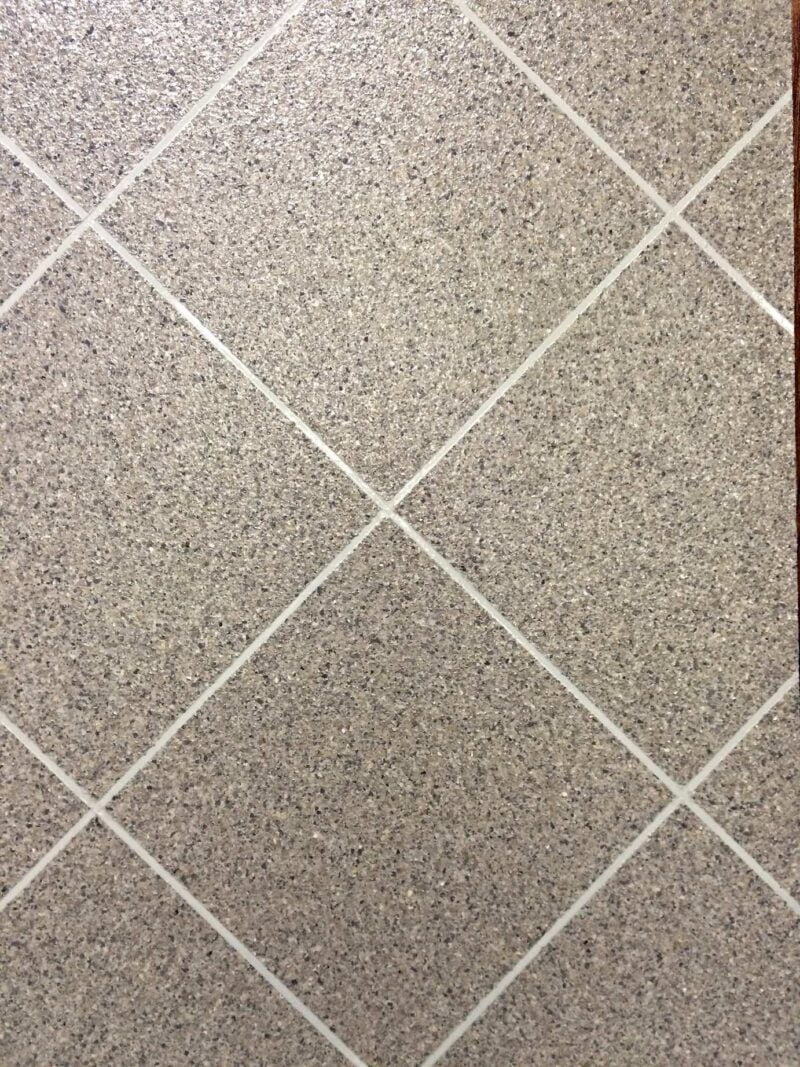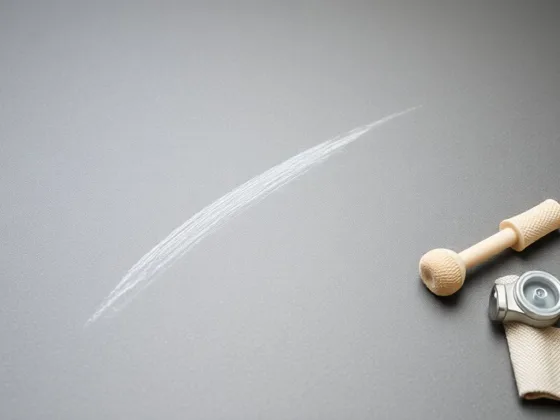Table of Contents Show
Steps to Master Diagonal Tiling
The steps in diagonal tiling start by finding the room center with a tape measure and snapping chalk lines. Put the first tile in the center and work to the back of the room. Determine cut tile sizes, snap additional chalk lines, and begin laying tile in the far left corner of the room entrance
Diamond or Diagonal Tile Patterns
Diagonal patterns are popular floor tile designs, whether it’s in the kitchen, or even to tile your entryway. Executing the steps in diagonal tiling is somewhat more challenging than a simple rectangular layout.
The rows and columns of diagonal tiles should be centered on a single tile at, or near, the exact center of the room. Working from the exact center, all the perimeter tiles will be the same size.
By shifting the central tile up to half a tile off-center, you can change the size of the tiles in doorways and along walls for a pattern that displays the most tiles.
Centering the Pattern

Measure across the width of the room at both ends and mark the center point of the width. Snap a chalk line between the two center points. Ideally, the distance from the chalk line to the walls, on either side, will be a multiple of the total tile diagonal, resulting in fewer cut tiles.
Repeat this step for the length of the room, and snap a second chalk line across the room width.
Layout Pattern on Chalk-Lines

Do a dry layout of the tile design, beginning by centering a tile at the intersection of the two chalk lines, with the corner points resting on the lines. Lay additional tiles left and right, front to back, to build a single column and single row of tiles.
Use tile spacers between the corners to keep proper spacing. Shift the tile positions until you are satisfied the layout represents the best positioning of the diagonal pattern of tiles.
Mark the new corner positions of the central tile and snap new chalk lines in a different color. At the wall opposite the entrance, mark the corners of the tile there, and snap two more chalk lines across the width.
A light coat of cheap hairspray will keep chalk lines from being ruined as you work. Mark the positions of the chalk lines on the walls about an inch off the floor for reference. Once the lines are covered with mortar, these marks will help keep you on track.
Read Also:
Cut and Lay Tiles in Mortar

Mix your mortar and begin laying the tiles. Spread mortar with a notched trowel, beginning on the wall opposite the entrance from the room centerline, at the wall opposite the entrance, and about three tile widths to the left.
Lay the first tile on the centerline, aligning with the chalk lines placed previously. Measure and cut tiles for the spaces between the wall and the first row of tiles.
Continue until you reach the far left corner. Repeat for the right side of the room. Reaching this step in diagonal tiling is a milestone. Keep cutting tiles for the sides as you fill in the center, and work out towards the room entrance.
Continue Tiling

Remember to seat the tiles consistently and keep them level. Use a long straight edge, or four-foot level, to keep them even with each other.
Place spacers at the tile corners to maintain the correct distance between tiles; this will also help keep the rows and columns even and straight. A 1/4 inch gap between the wall and your tiles provides room for expansion and contraction as the seasons’ change.
Helpful Hints

Compared to other tile flooring designs, the steps in diagonal tiling require a fair amount of cutting along the sides of the room, and cutting tile diagonally is more difficult than cutting tiles square.
For laying tiles, the best method uses two people; one cutting the tiles as needed and another laying them as they are cut. In large rooms, adding additional chalk lines at intervals is helpful in keeping the pattern perfect.
References
- “Floors and Stairways”; Time-Life Books; 1995
- “Kitchens: Design – Remodel – Build”; Creative Homeowner; 1998











